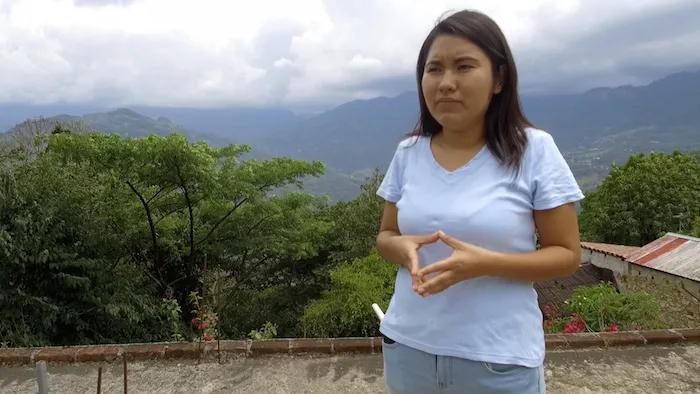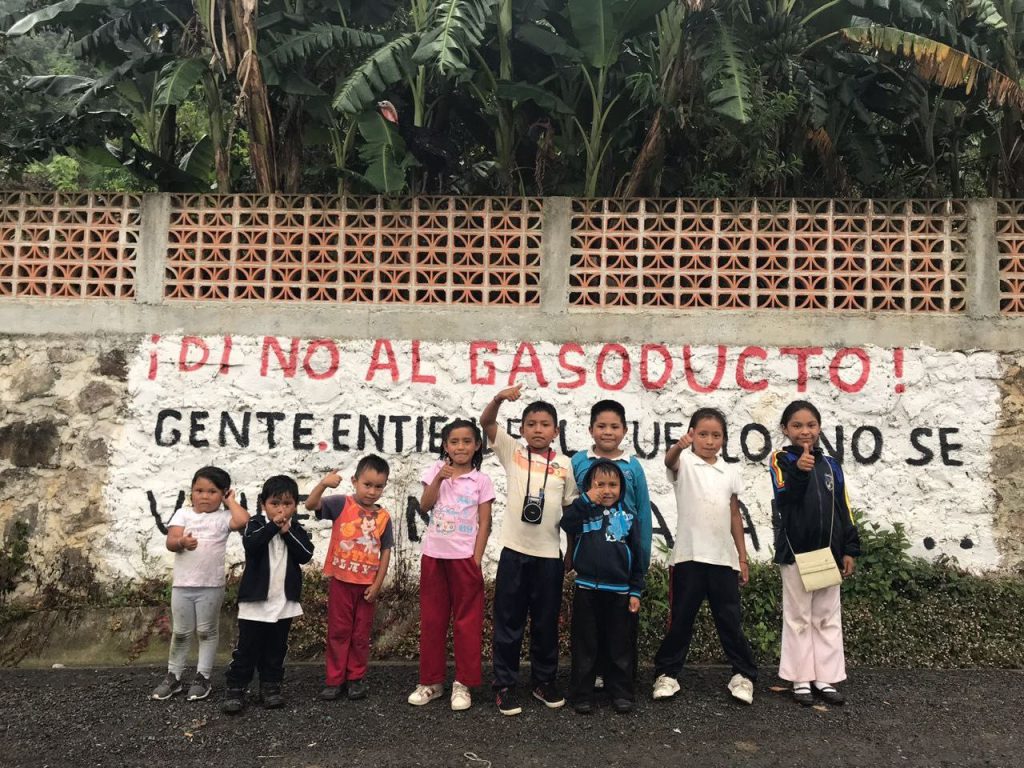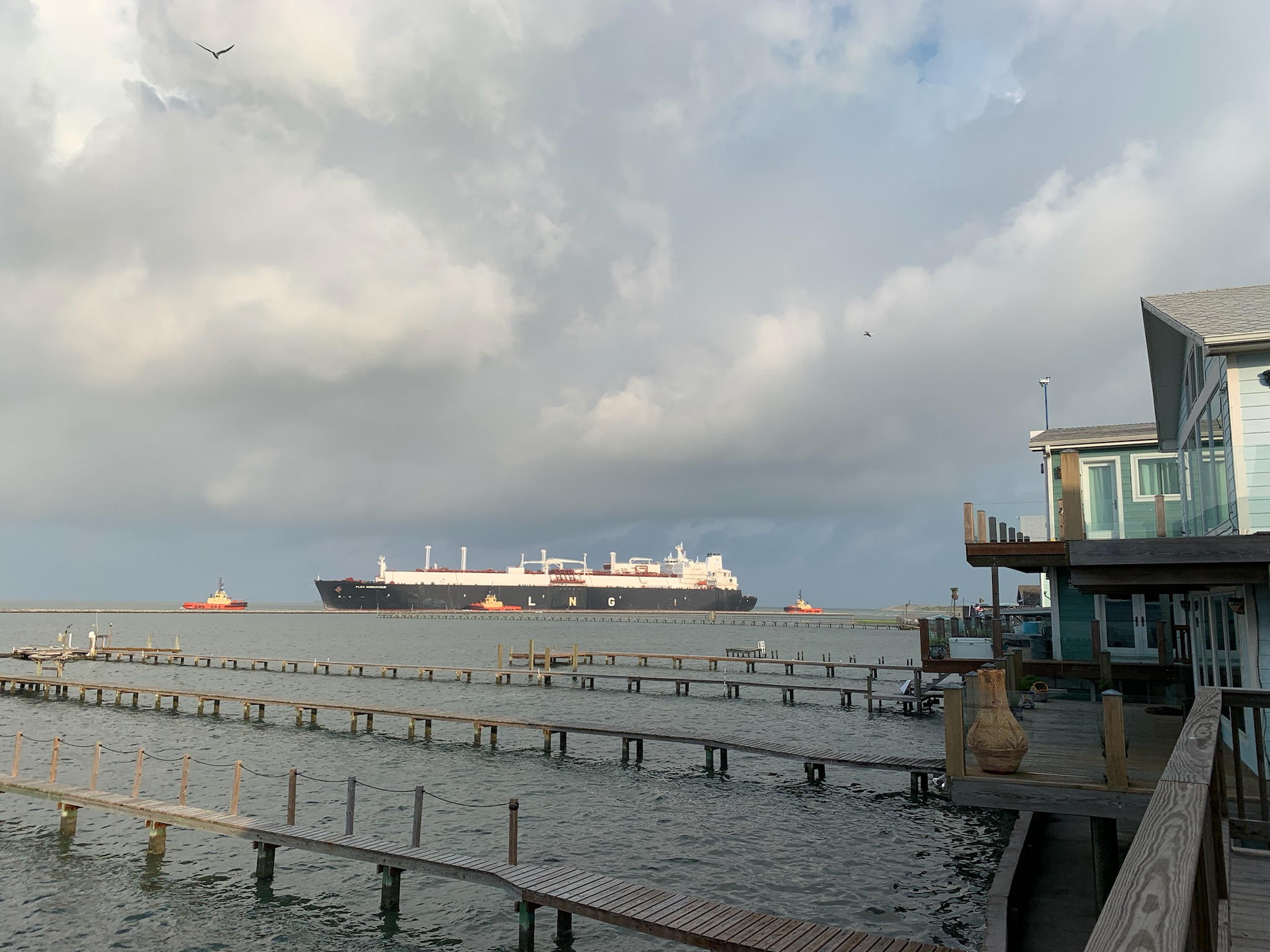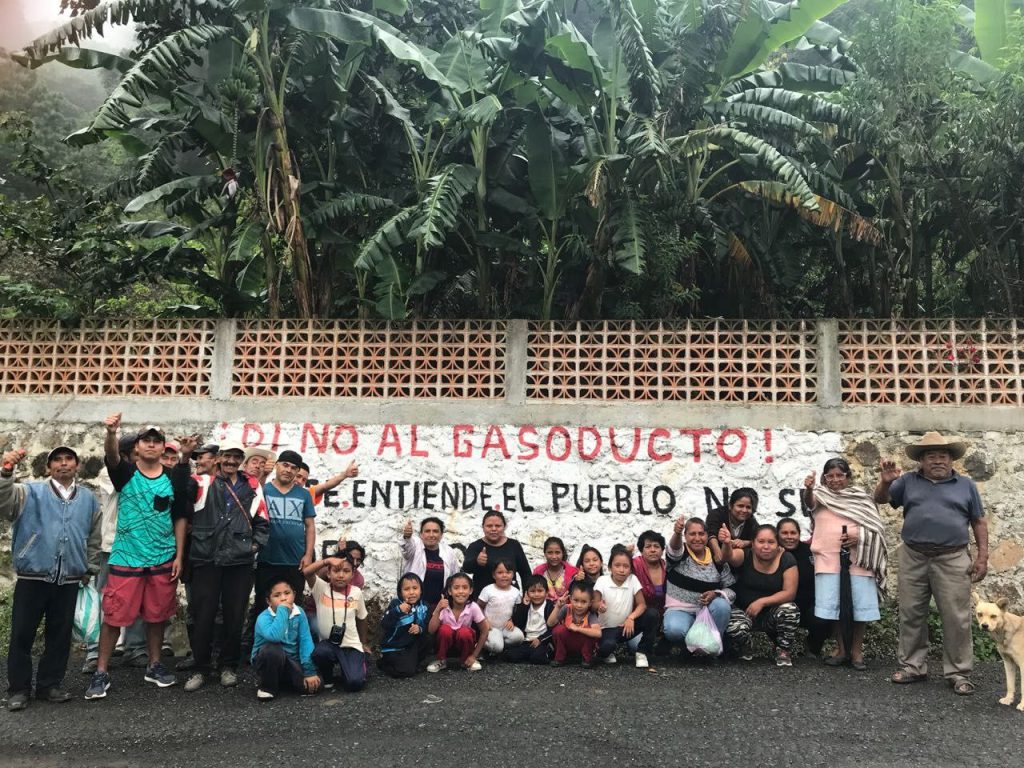
Oliveria Montès is the coordinator of the National Institute of Indigenous Peoples for the Huachinango Puebla region. She fights against the construction of the Tuxpan-Tula gas pipeline of TransCanada – now TcEnergy – in the state of Puebla, Mexico. Her community have managed to reroute it.
BACKGROUND
In 2013, Mexico passed a constitutional reform in the area of energy, which was approved in a hurry. As a result of this constitutional reform, a national gas pipeline plan was developed throughout the country.
PROJECT
The Tuxpan-Tula gas pipeline, 263 kilometers long, is to cross the Sierra Norte de Puebla, to transport gas extracted by fracking in Texas.
ESTIMATED DAMAGES
The main effects for the indigenous communities of the region would be the deterioration of aquifers, an increase in social problems, the risk of an increase in organized crime and the destruction of the mesophilic mountain forest.

Operator: TC Energía México Owner: TC Energía México Parent Company: TC Energy (formerly TransCanada Corporation) Capacity: 886 million cubic feet per day Length: 178 miles / 287 km Status: Construction Start Year: 2022 Associated infrastructure: Sur de Texas-Tuxpan Gas Pipeline Tula-Villa de Reyes Gas Pipeline
The Huasteca Potosina region is located in the central-eastern part of the country, between the coastal plain and the Sierra Madre Oriental. Its 20 municipalities are home to approximately 750,000 inhabitants, most of whom are part of the indigenous Nahuatl, Tenek and Xi’oi people.
The most abundant water resources in the state of San Luis Potosi are concentrated in this region, coming from the tributaries of the Pánuco River watershed.
CONSEQUENCES
The affected area includes 382,000 hectares in 18 of the 20 municipalities in the region. If fracking is implemented in the region, the contamination of water, soil and air will cause irreversible damage to the health and lives of dozens of indigenous communities, the general population, and ecosystems.

Projet 1
Tamazunchale I combined cycle thermoelectric power plant of the Spanish firm
Iberdrola
The plant is located in the municipality of Tamazunchale, S.L.P., south of the Huasteca Potosina region. It intends to expand to two more modules. It is fueled by natural gas from Texas.
It began operations in June 2007. In 2008, it was considered the largest combined cycle power plant in Latin America, with a production capacity of 1,135 MW-1,187 MW. The energy is destined for San Luis Potosí, Querétaro and Zacatecas. This makes Iberdrola the largest private electricity producer in Mexico.

The plant generates CO2 and nitrous oxide emissions and contributes to the expansion of hydrocarbon megaprojects. For its operations, it uses more than 13,000,000 m3 of water from the Moctezuma River per year.
The indigenous Náhuatl communities of the region claim that this company was introduced by deception, as it does not leave them any benefits, and they observe that agricultural production has decreased since its start. They consider it a cancer in the region.

Projet 2
Monterrey VI Aqueduct to support fracking
The Monterrey VI aqueduct project aims to transfer water from the Panuco River basin, where Huasteca Potosina is located, to the state of Nuevo León at a rate of 15 m3 per second (473,040,000 m3/year) through a 390 km long pipeline. It is intended to supply water to fracking operations, real estate companies, and the soft drink and beer industry in that state.
The main damage it would cause to the Huasteca potosina region: a decrease in the volume of natural water flows; a lack of water for the population, which already suffers from this lack of water; it would also affect the agricultural activities of small and medium-sized food producers and, in general, would greatly increase the current water stress of the ecosystems, with important biodiversity losses to be expected.
